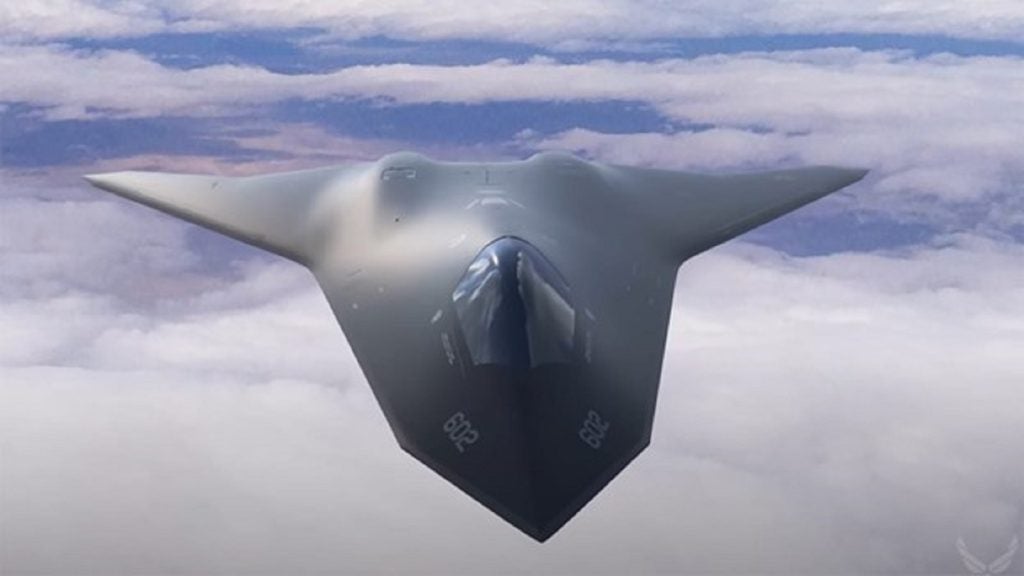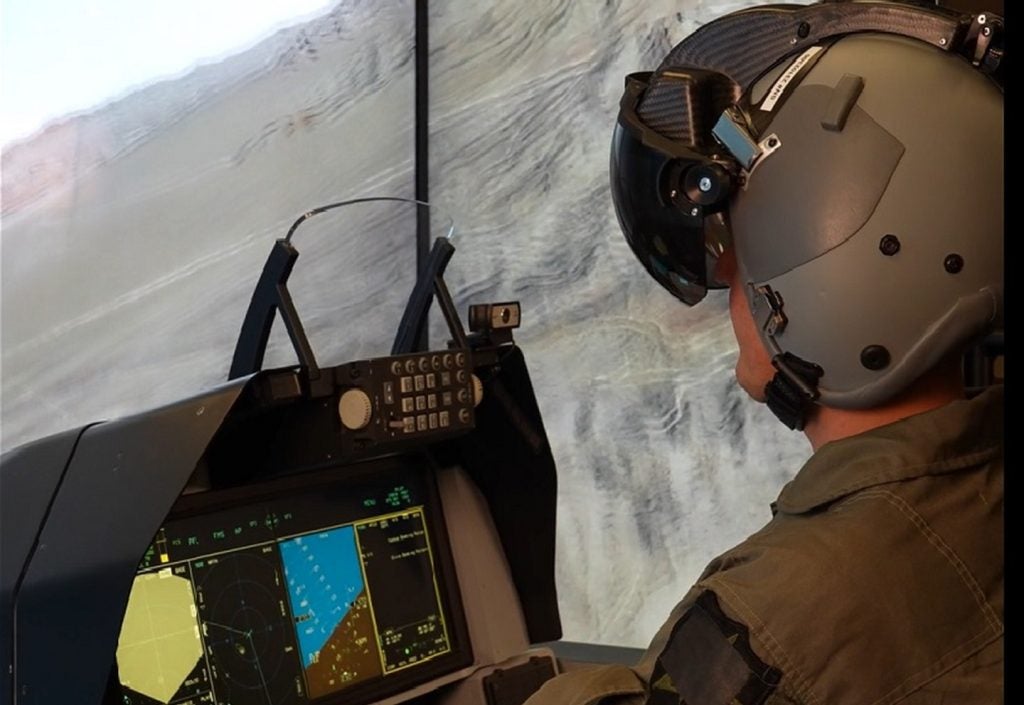The RTX subsidiary and aerospace manufacturer, Pratt & Whitney, announced that it completed the US Air Force’s (USAF) critical design review of its engine for the Next Generation Air Dominance (NGAD) programme, in which the service aims to construct a sixth-generation fighter jet.
NGAD will be powered by advanced engines developed through the Next Generation Adaptive Propulsion (NGAP) programme.
Five companies, including Boeing, General Electric, Lockheed Martin, Northrop Grumman and Pratt & Whitney were each awarded a ten-year, $975m contract for their respective NGAP designs in August 2022.
These protype contracts cover technology maturation and risk reduction activities through various phases including design, analysis, testing of prototype engine, rig testing, and integration of weapon systems.
Pratt & Whitney’s detailed design review will continue with ground testing of its prototype engine – referred to as XA103 – which is expected to occur in the late 2020s.
What is NGAD?
NGAD is a highly classified and secretive programme to increase lethality and ensure air superiority. The USAF plans to employ a system-of-systems approach instead of a singular platform.
This concept will bring a sixth-generation fighter aircraft at the centre of a network-connected family of systems, complemented by multiple crewed aircraft, wingman-style uncrewed aerial vehicles (UAVs) and advanced command, control and communication systems.
These complementary UAVs are known as Collaborative Combat Aircraft (CCA). Two of these assets will be teamed with each of the 200 planned NGAD fighters. Last month, a non-traditional autonomous systems supplier, Aduril, was one of five companies selected to help develop these CCA.
Ensuring the XAM103 engine is has sufficient oversight
Jill Albertelli, president of Pratt & Whitney's Military Engines business provided a general picture of the of the XAM103 engine and the company’s focus:
“We are embracing digital transformation with NGAP and changing the customer experience through the entire development process in order to rapidly and efficiently deliver these advanced adaptive engines.
“This technology is critical to maintaining air superiority, which is why Pratt & Whitney has made significant investments in research and development and advanced manufacturing.”
Elsewhere in the USAF’s project portfolio, the F-35 Lightning II programme has experienced rising cost growth and delays in the fifth-gen fighter’s Block 4 modernisation effort.
“Continued government funding for sixth-generation propulsion development must remain a high priority."
Jill Albertelli, president of Pratt & Whitney's Military Engines business.
Block 4 addresses enduring requirements of the the F135 engine for more power and cooling. This update will ensure the F-35 is more survivable against aerial threats from near-peers.
According to the US Government Accountability Office, the US Government is not giving this effort due consideration or oversight.
“Continued government funding for sixth-generation propulsion development must remain a high priority to support critical platform milestones and warfighter readiness,” Albertelli suggested.
However, this must equally be met with greater oversight of development besides the Government’s billion-dollar investment, which is projected to grow by around $11.7bn between 2024 and 2027.











